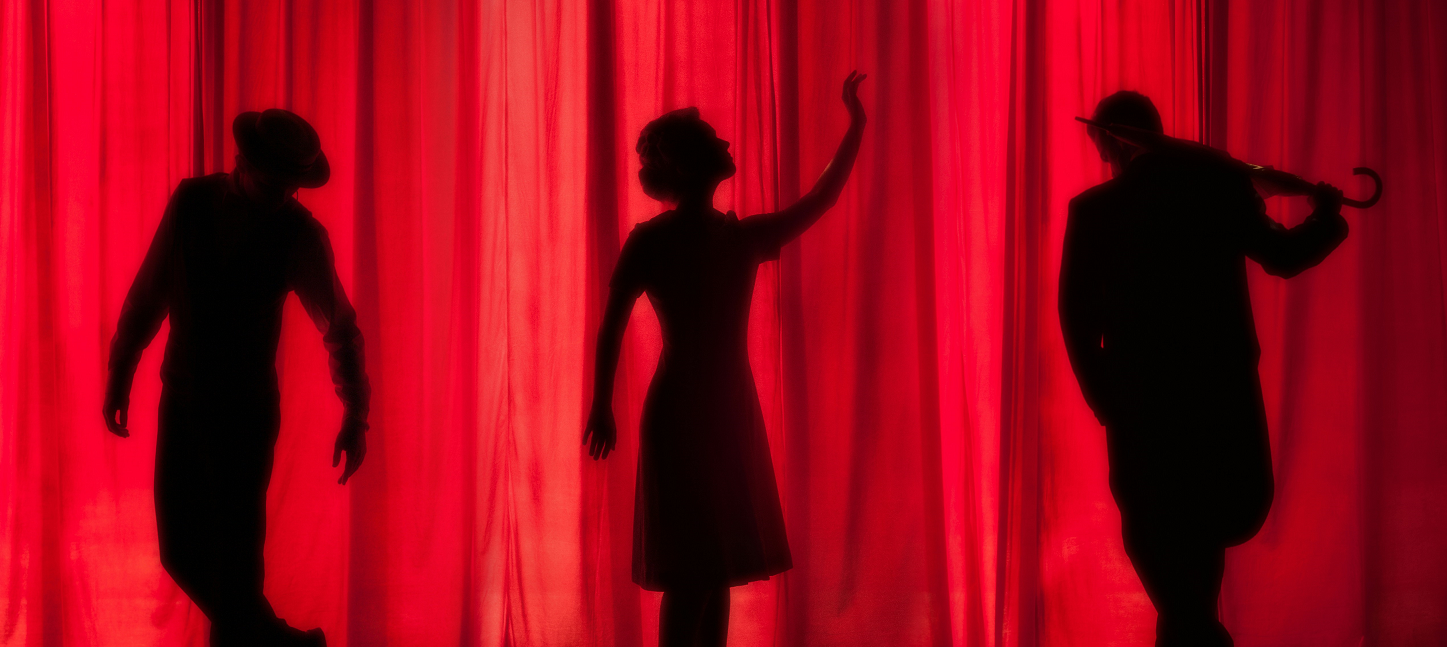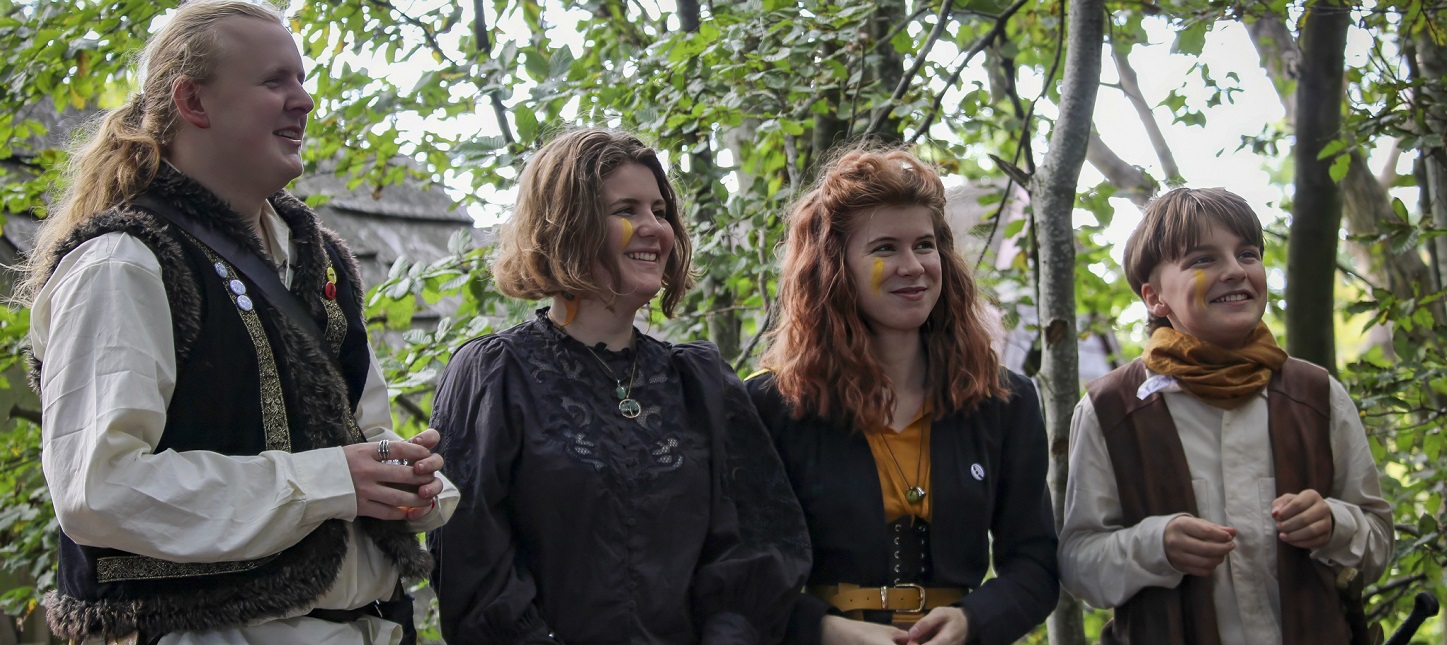Tag: children
-

Innovations in the Drama Classroom with Larp
in
Larp activities for middle school students born out of a focus on emergence.
-

Designing Power Dynamics Between Adults and Children in Larps
in
A practice-based approach utilized in edu-larp and leisure larps, including a mythical fantasy campaign.